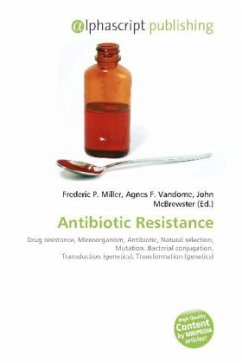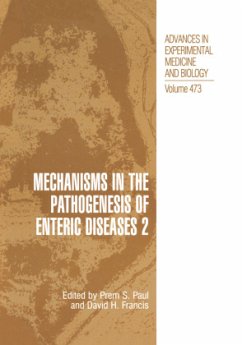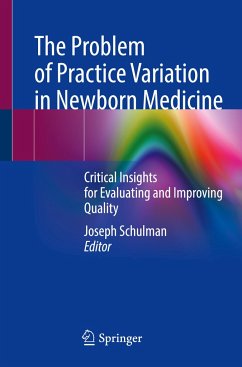
Antibiotic Resistance
Versandkostenfrei!
Versandfertig in 6-10 Tagen
26,99 €
inkl. MwSt.

PAYBACK Punkte
13 °P sammeln!
Please note that the content of this book primarily consists of articles available from Wikipedia or other free sources online. Antibiotic resistance is a specific type of drug resistance when a microorganism has the ability of withstanding the effects of antibiotics. Antibiotic resistance evolves via natural selection acting upon random mutation, but it can also be engineered by applying an evolutionary stress on a population. Once such a gene is generated, bacteria can then transfer the genetic information in a horizontal fashion (between individuals) by conjugation, transduction, or transfo...
Please note that the content of this book primarily consists of articles available from Wikipedia or other free sources online. Antibiotic resistance is a specific type of drug resistance when a microorganism has the ability of withstanding the effects of antibiotics. Antibiotic resistance evolves via natural selection acting upon random mutation, but it can also be engineered by applying an evolutionary stress on a population. Once such a gene is generated, bacteria can then transfer the genetic information in a horizontal fashion (between individuals) by conjugation, transduction, or transformation. Many antibiotic resistance genes reside on plasmids, facilitating their transfer. If a bacterium carries several resistance genes, it is called multiresistant or, informally, a superbug. The term antimicrobial resistance is sometimes used to explicitly encompass organisms other than bacteria. Antibiotic resistance can also be introduced artificially into a microorganism through laboratory protocols, sometimes used as a selectable marker to examine the mechanisms of gene transfer or to identify individuals that absorbed a piece of DNA that included the resistance gene and another gene of interest.












